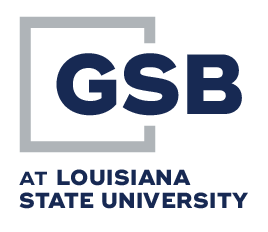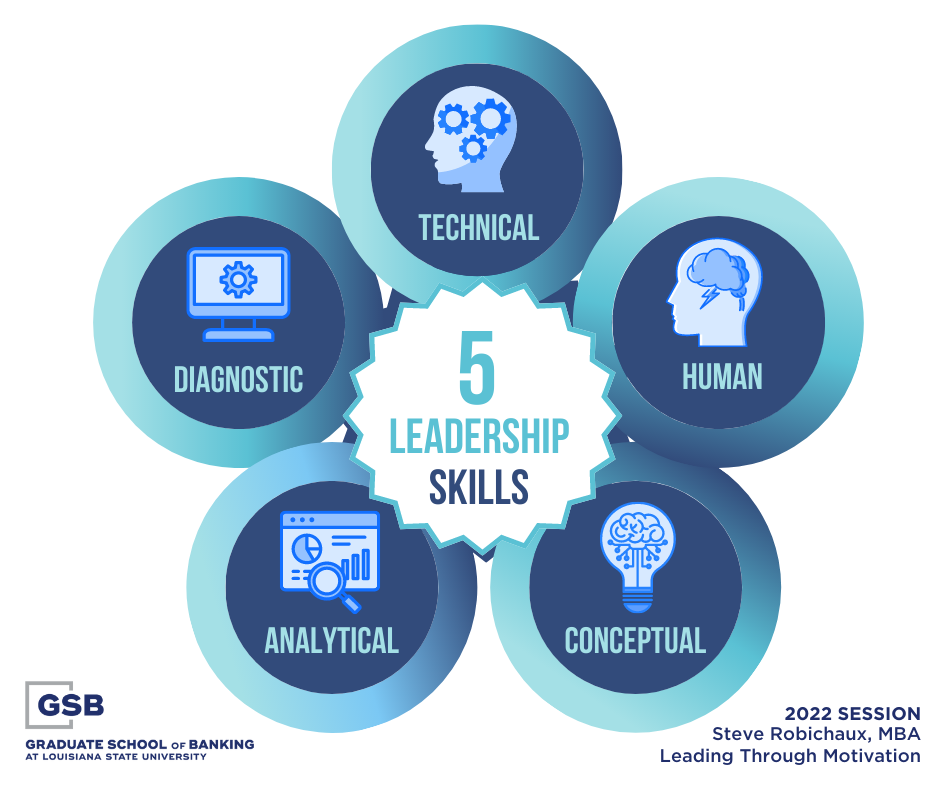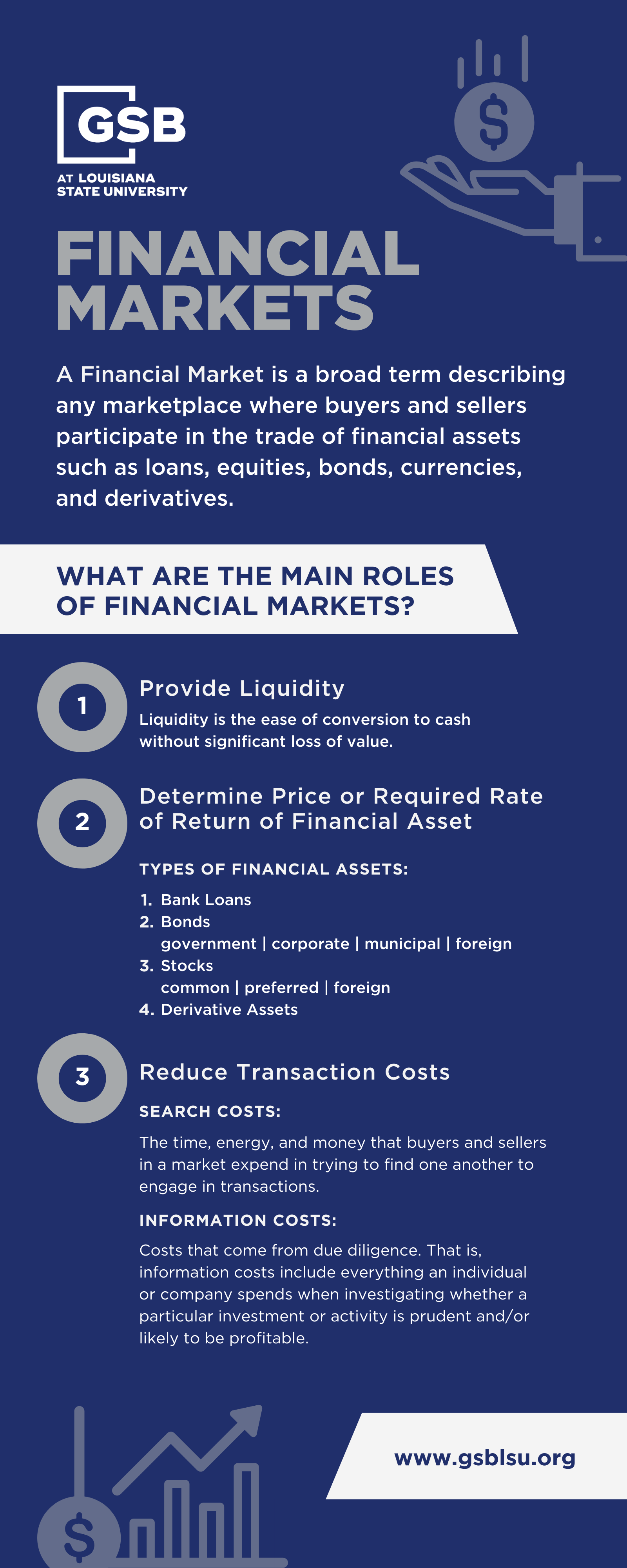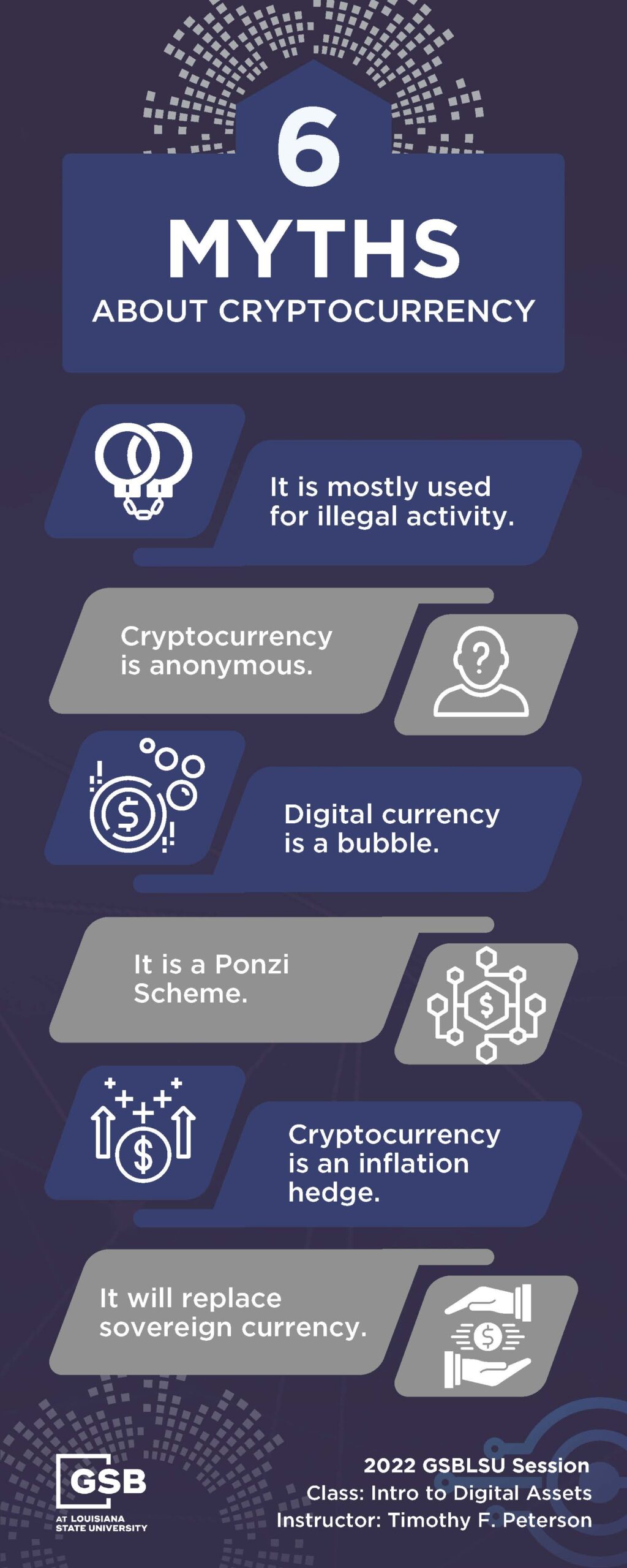GSBLSU ANNOUNCES 2023 BANK MANAGEMENT SIMULATION WINNERS
Every year, the seniors of GSBLSU take part in the Bank Management Simulation course, a computer-based program that is specifically designed to provide students with a look into management and the decision-making process in specific banking areas, such as investments, funds management, risk management, loans, and asset/liability management.
BMSim is an intensive computer-based educational experience, which serves as the capstone course of our school during students’ final year of instruction. The class is divided into management teams in six communities to operate simulated banks, and those teams concern themselves with the results of their individual banks, while competing with other banks within their communities. All teams begin with the same, base-line financial situation – a hypothetical bank with a variety of management and financial challenges – and, during the two-year simulated period, make a wide range of “quarterly” decisions involving all aspects of bank management and operations. Through computerized analysis, the teams are able to immediately observe the results of their decisions.
The apex of the competition is a verbal presentation to a panel of judges (acting as shareholders and comprised of active or retired actual bank CEOs and examiners) who evaluate the quality of the performance of all teams and select one winner from each community. Criteria for selection consists of team organization, consistency of performance, bank earnings, the team’s ability to report results to shareholders, and the position of the simulated bank for the future.
The winners in each simulation are recognized, along with their home bank’s president and CEO with a letter and certificate of recognition honoring their outstanding work during the Bank Management Simulation. We are pleased to share the team winners that were announced at graduation on June 2, 2023.
| A3 | Jared Hicks | Bank of Montgomery |
| A3 | Melissia Preston | First Federal Savings & Loan |
| A3 | Ledale Reynolds | The Citizens Bank |
| A3 | Grant Thurman | First National Bank of TN |
| A3 | Joshua Whitehead | First Bank |
| B2 | Montay Calloway | Tennessee State Bank |
| B2 | Darren Hill | Home Bank |
| B2 | Kasey Milby Molloy | Chesapeake Bank |
| B2 | Armando Alberto Perez Saldivar | Banorte |
| B2 | Luke Roberson | The First Bank |
| B2 | Kevin Vaughn | GA Dept. of Banking & Finance |
| C1 | Jon Anderson | Truist |
| C1 | Jason Bone | First State Community Bank |
| C1 | Madison Lamb | Bank of Dawson |
| C1 | Brad Melton | Atlantic Union Bank |
| C1 | Dalton Southerland | Farmers National Bank |
| C1 | Drew Whitlow | Progress Bank |
| D2 | Michael Glaser | TN Dept. of Financial Instit. |
| D2 | Jeremy Guidry | JD Bank |
| D2 | Jamie Johnson | Chesapeake Bank |
| D2 | David McLeod | Citizens Bank |
| D2 | Heidi Mouret | The First National Bank |
| D2 | Brent Williams | Drummond Community Bank |
| E1 | Jonathan Blackledge | Ameris Bank |
| E1 | Aaron Blair | TN Dept. of Financial Instit. |
| E1 | Paul Dowdle | MS Dept. of Banking & Consumer Finance |
| E1 | Octavio Hernández Marín | Banorte |
| E1 | Elizabeth McElyea | Farmers State Bank |
| E1 | Brandon Noel | Landmark Bank |
| F4 | Jason Hayes | Citizens Bank & Trust |
| F4 | Ashley Kirk | German American Bank |
| F4 | Logan Lambert | Bank of Montgomery |
| F4 | Jeff Luker | Commercial Capital BIDCO |
| F4 | Gloria Rosales | Banorte |



